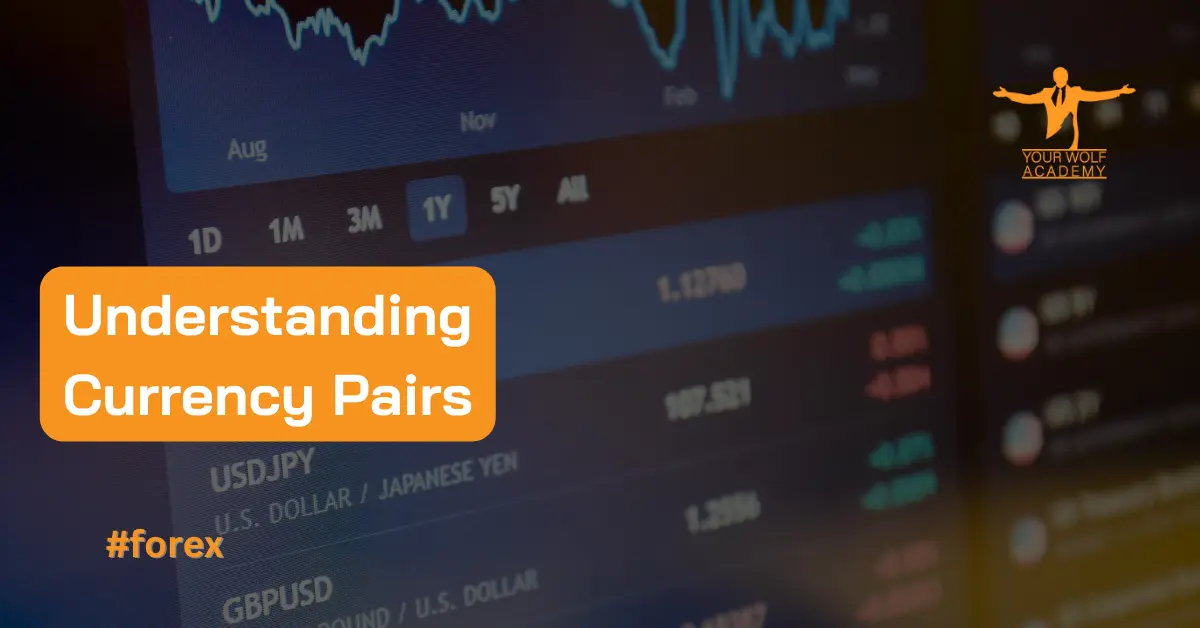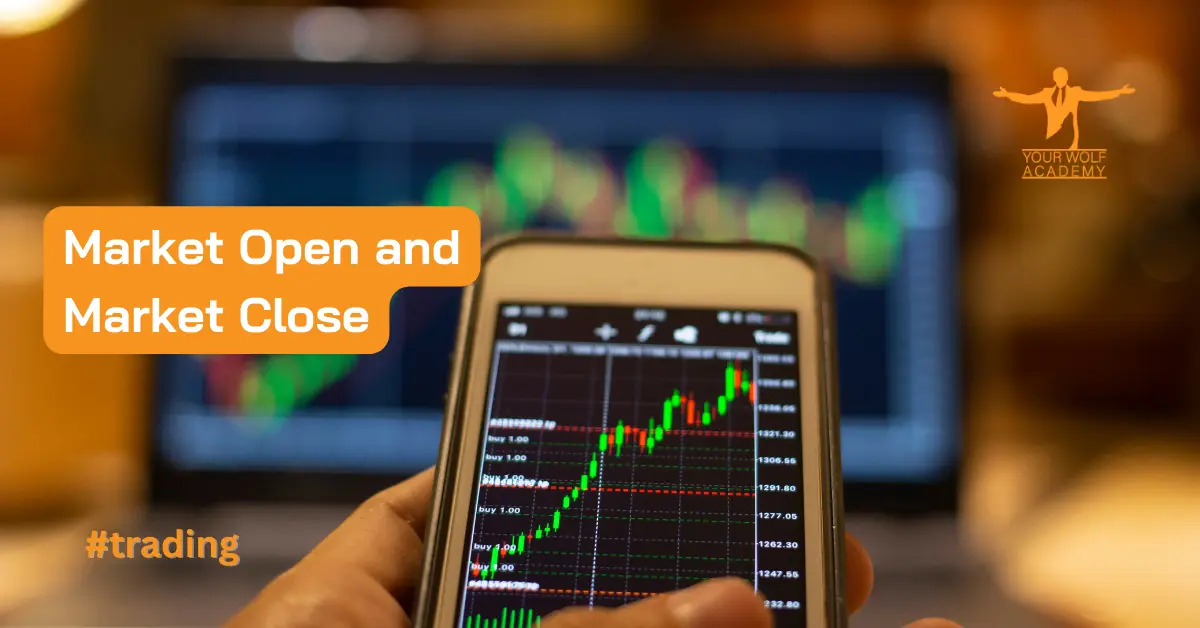Currency pairs are a fundamental concept in the world of forex trading. Whether you’re a beginner or an experienced trader, understanding currency pairs is crucial to success in the forex market. In this comprehensive guide, we will explore the basics of currency pairs, their significance, and various factors affecting them.
What are Currency Pairs?
A currency pair is a quotation of two different currencies that shows their exchange rate in the forex market. In forex trading, currencies are always traded in pairs.
The first currency in the pair is called the base currency, and the second currency is called the quote currency. For example, in the currency pair EUR/USD, the euro is the base currency, and the US dollar is the quote currency.
The Significance of Currency Pairs in Forex Trading
Currency pairs play a critical role in forex trading. They allow traders to speculate on the relative strength or weakness of one currency against another. Traders make profits by buying a currency when it is undervalued and selling it when it is overvalued. In this way, traders can make profits regardless of whether the market is going up or down.
Factors Affecting Currency Pairs
Several factors affect the exchange rate of a currency pair. Some of these factors include:
- Economic Indicators: Economic indicators such as GDP, inflation, and employment rates can significantly affect the value of a currency. Positive economic indicators can lead to an increase in the value of a currency, while negative indicators can cause a decrease in its value.
- Interest Rates: Interest rates also play a crucial role in determining the value of a currency. Higher interest rates tend to attract foreign investors, leading to an increase in the value of a currency.
- Political Factors: Political instability or uncertainty can cause fluctuations in currency values. For example, a country going through a political crisis may see a decrease in its currency’s value.
- Central Bank Policy: The policy decisions of central banks, such as changes in interest rates or monetary policy, can affect currency values.

Types of Currency Pairs
There are three types of currency pairs in forex trading:
- Major Currency Pairs: Major currency pairs are the most commonly traded currency pairs in the forex market. These include EUR/USD, GBP/USD, USD/JPY, USD/CHF, and AUD/USD. Major currency pairs have high liquidity and tight spreads.
- Minor Currency Pairs: Minor currency pairs are also called cross-currency pairs. These pairs do not include the US dollar and are less liquid than major currency pairs. Examples of minor currency pairs include EUR/GBP, EUR/JPY, and GBP/JPY.
- Exotic Currency Pairs: Exotic currency pairs involve a major currency and a currency from a developing country. These pairs are less liquid than major and minor currency pairs and have wider spreads. Examples of exotic currency pairs include USD/MXN, USD/TRY, and USD/ZAR.
Currency Pair Symbols
Currency pair symbols are used to identify currency pairs in the forex market. Each currency pair has a unique symbol that is made up of three letters. The first two letters identify the base currency, and the third letter identifies the quote currency. For example, in the currency pair EUR/USD, EUR is the base currency, and USD is the quote currency.
Currency Pair Volatility
Volatility refers to the degree of price fluctuations of a currency pair. High volatility indicates significant price movements in the currency pair, while low volatility indicates more stable price movements. The volatility of a currency pair can be affected by various factors such as economic events, geopolitical factors, and market sentiment.
Traders should be aware of the volatility of currency pairs as it can affect their trading strategies. For example, a highly volatile currency pair may be more suitable for short-term trading strategies, while a less volatile currency pair may be more suitable for long-term trading strategies.
Currency Pair Correlations
Currency pair correlations refer to the relationship between two or more currency pairs. Correlations can be positive, negative, or neutral. Positive correlations mean that two currency pairs move in the same direction. Negative correlations mean that two currency pairs move in opposite directions. Neutral correlations mean that there is no significant relationship between two currency pairs.
Traders can use currency pair correlations to diversify their portfolios and manage their risk exposure. For example, if a trader holds a long position in the EUR/USD currency pair, they may also consider taking a short position in the USD/JPY currency pair to diversify their portfolio and manage their risk exposure.
Currency Pair Trading Strategies
There are several trading strategies that traders use to trade currency pairs. Some of these strategies include:
- Trend Trading: Trend trading involves identifying trends in the market and trading in the direction of the trend. Traders can use technical analysis tools such as moving averages and trendlines to identify trends.
- Range Trading: Range trading involves identifying price levels where the currency pair is likely to trade within a range. Traders can use technical analysis tools such as support and resistance levels to identify price ranges.
- Breakout Trading: Breakout trading involves trading when the price of a currency pair breaks out of a defined range. Traders can use technical analysis tools such as Bollinger Bands to identify potential breakout points.
- Carry Trading: Carry trading involves borrowing a currency with a low-interest rate and investing in a currency with a high-interest rate. Traders can make profits from the interest rate differential.
Conclusion
Currency pairs are a fundamental concept in forex trading. They allow traders to speculate on the relative strength or weakness of one currency against another. Understanding currency pairs, their significance, and various factors affecting them is crucial for success in the forex market.
Traders should also be aware of the different types of currency pairs, their symbols, volatility, and correlations. Having a solid understanding of these concepts can help traders make informed trading decisions and manage their risk exposure.
Finally, traders should also be aware of the different trading strategies available to them, including trend trading, range trading, breakout trading, and carry trading. By utilizing these strategies, traders can increase their chances of success in the forex market.
Your Wolf Academy offers a range of educational resources to help traders succeed, including free signals, technical analysis, and weekly webinars. Sign up today and get a recommendation for a regulated brokerage company that suits your needs.


